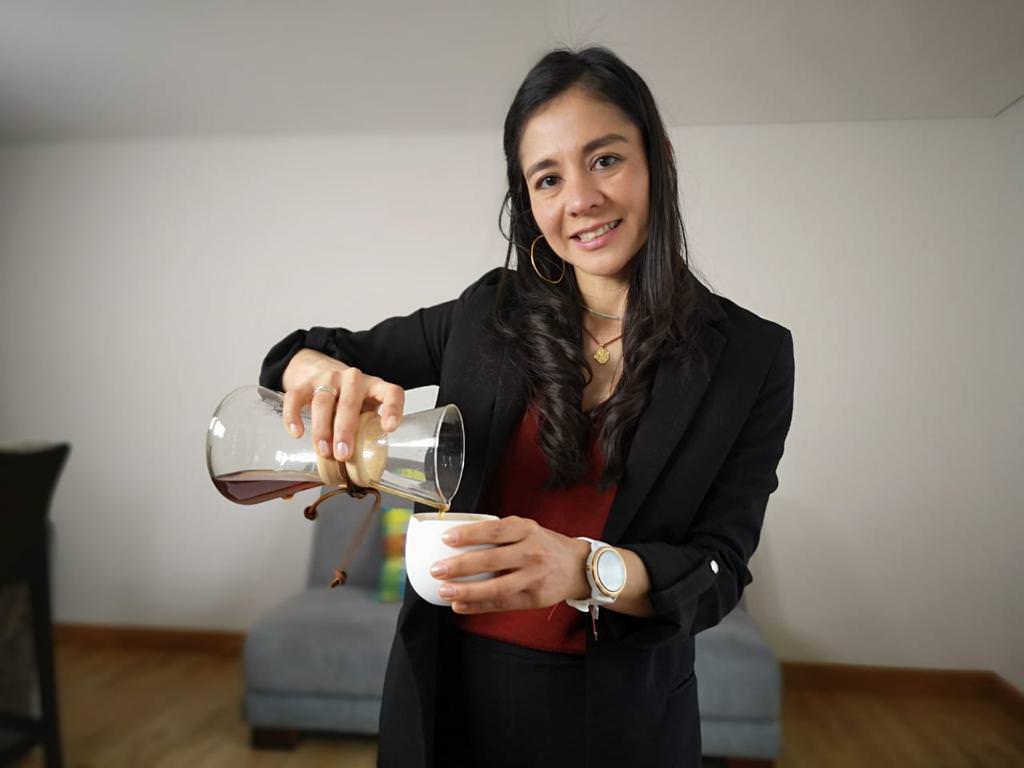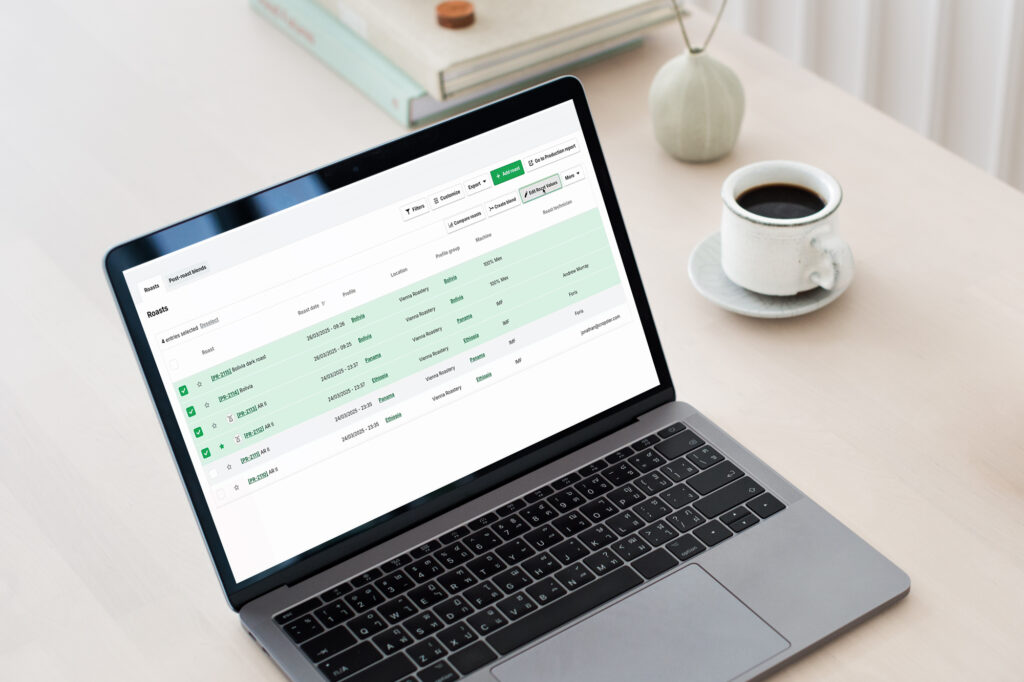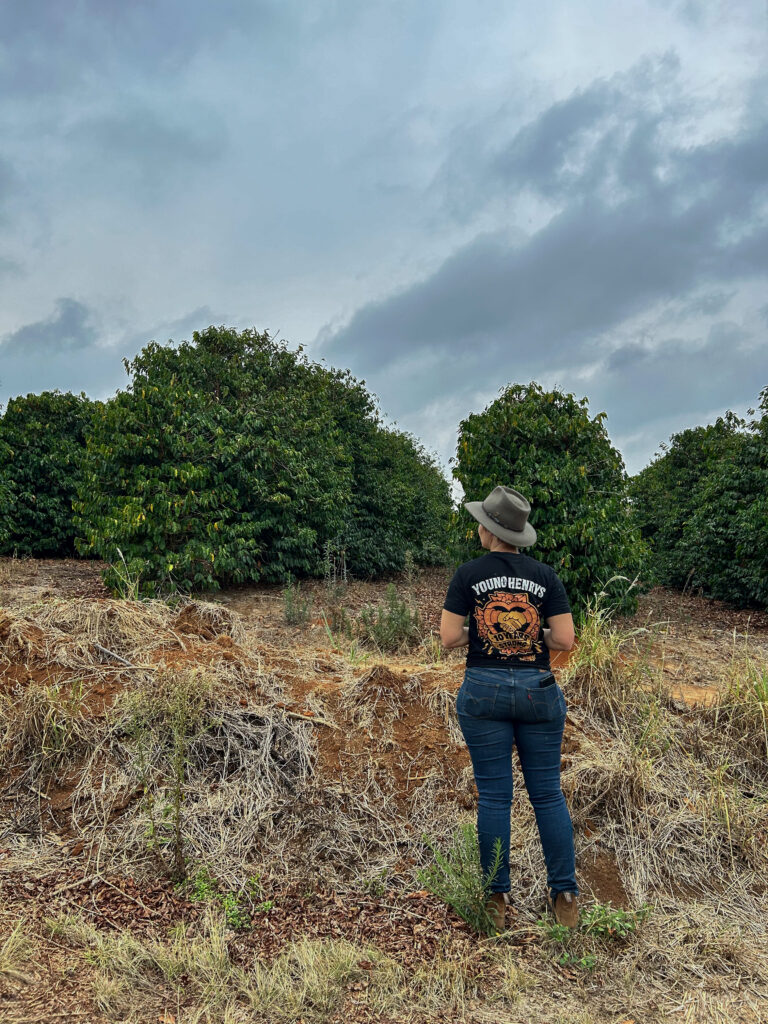Studying How to Develop Roast Profiles for Cold Brew
Cold brew has become an up-and-coming trend in coffee that will probably not slow down. Cold brew is an easy alternative to hot coffee and is an ideal product for ready to drink (RTD) coffees. However, in this space, there are still few scientific studies on cold brew when compared to coffee brewing and roasting.
In this study, Nancy and team explored how roast profiling and brewing methods affect the physical and the sensorial of cold brews. With this study, variables such as origin, grind size, extraction time, bean quality, brew methods (cold and hot, drip and immersion), and roast profiles (time/temperature) were considered. Along with that understanding the cold extraction process was divided into 3 steps: evaluating the effects of extraction variables, identifying physicochemical/sensorial changes, and analyzing the links between the physicochemical and the sensorial.
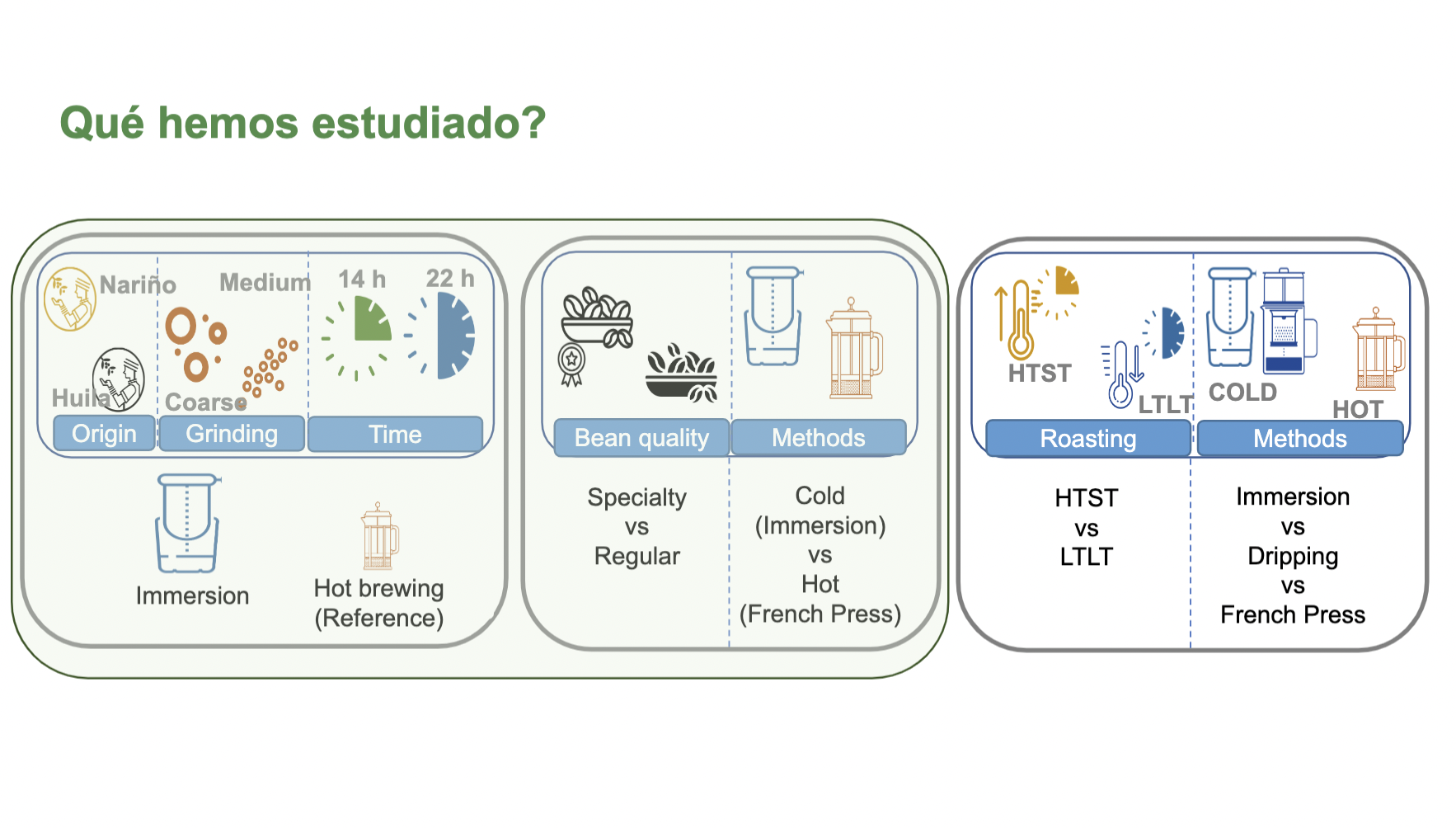
The Roast and Brew Method
The roasting processes and profiles used in the study are varied. The roast profiles were defined between high-temperature short time (HTST) and low-temperature long time (LTLT). Coffee roasted at HTST profile used in hot and cold brewing allowed coffee beverages with higher concentrations of chlorogenic acids with slightly higher sensory perceived acidity than those brewed with LTLT profile. The change was related to a lower degradation of chemical compounds during short roasts (e.g., HTST) and a difference in the microstructure of the coffee bean (porosity/volume). Thus, these conditions could generate a greater extractability of some compounds when the HTST roasting profile is used. Irrespective of the brewing method, coffee brewed with HTST displayed higher intensity in acidity, woody, malt flavors, and body (mouthfeel) mainly because of the variation in the abundance of some volatile compounds increase of TDS compared to LTLT roasting profile.
The brewing processes used in the study also varied. Brew methods were done via drip and immersion methods for cold brew and an immersion method (French Press) for hot coffee. With these main variables, among a few others, a wide range of factors were analyzed, for example, how HTST roasts were extracted in a cold immersion brew method. Roasting profile variation (HTST and LTLT) in coffee brewing allowed the team to identify more significant sensory/physicochemical differences in hot coffee brewed than in cold-brewed coffees.
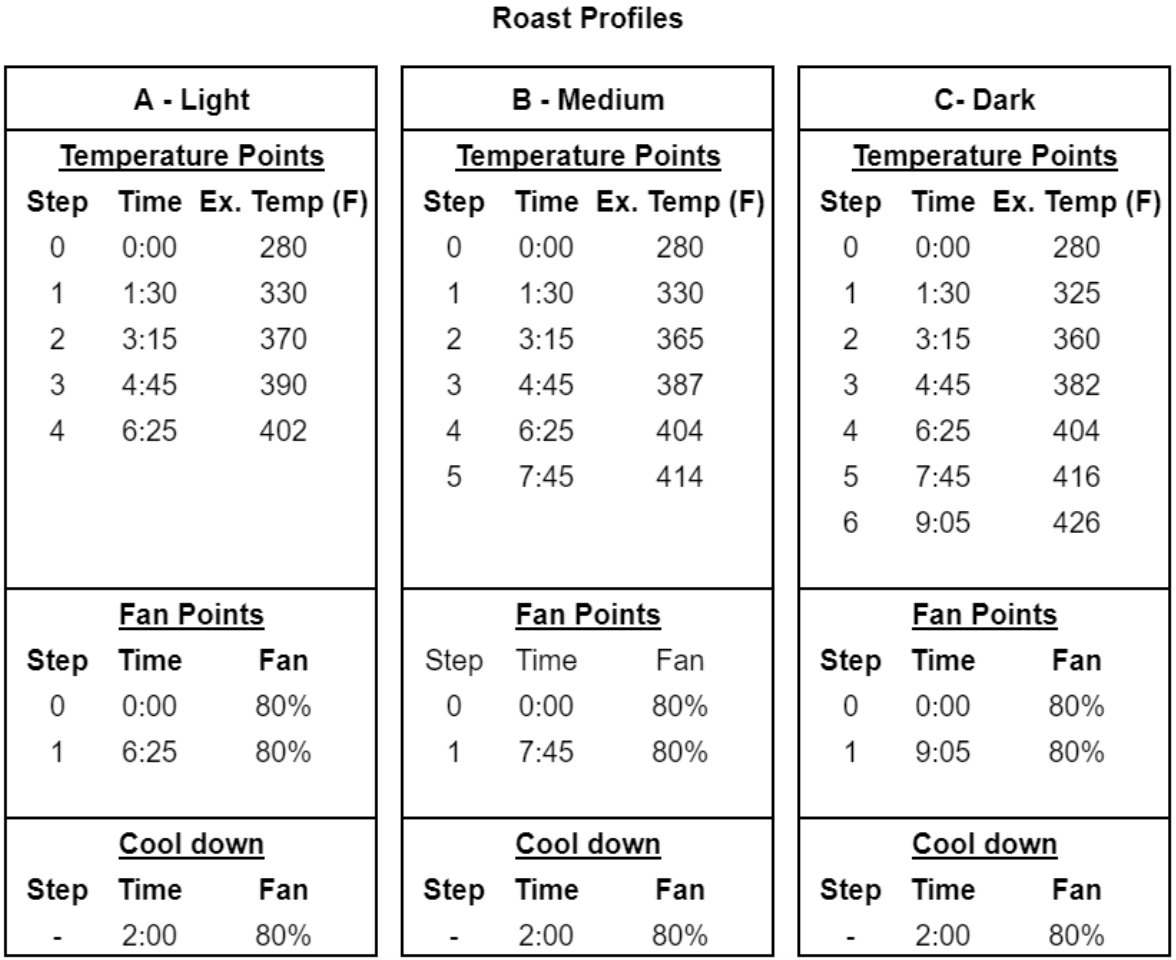
Comparing the Roast Profile Results
Like most studies have shown, there were clear differences when coffee is hot brewed versus cold brewed. However, the study found that at a brewing temperature of 19 +/- 2 C, “dripping exhibited a higher extraction rate than immersion brewing, which suggests that the coffee extraction process is affected by the design and operation of the cold brewing system” (Cordoba). In the sensory profile, the study found that there was high acidic intensity and a greater mouthfeel with coffees roasted as HTST.
Cold brew coffees exhibited a lower chemical acidity than hot coffee brews. Cold drip brews showed high caffeine, and caffeoylquinic acids compared to cold immersion and hot coffees. Roasting at LTLT temperature promoted fewer total pyrazines in all coffee brews. HTST increased total dissolved solids (TDS) and body (mouthfeel) intensity. Cold immersion and hot brews showed low TDS and higher sweetness. Results showed that volatile and non-volatile compounds present in roasted coffee depend on time-temperature roasting conditions; in turn, their presence in the resulting beverages is related to the operational variables given by the coffee brewing methods.
